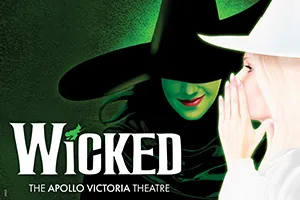This is Macbeth as you’ve never seen it before, through the eyes of Lady Macbeth’s surprisingly up-beat lady-in-waiting (de Bruijn). Reduced to a single scene by Shakespeare, she is very welcoming towards the audiences who have come to hear her side of the story.
This is a woman who, as the play Macbeth starts, is battling chickens in a coop. As Macbeth and Banquo walk on the heath, she is sorting through pigs’ ears in a barrel. Unconcerned by political machinations, her principal interest in the arrival of Duncan is what to cook. In the wrong place at the wrong time however, her story slowly intertwines with that of her mistress. By the end, with an impressive coup de théâtre, the lady-in-waiting’s importance is all too obvious.
It is easy for reinterpretations of classics from another angle to veer into GCSE creative writing territory, a trap which Lady M avoided. Although, as she wryly remarked, character development is normally the privilege of principal characters, the lady-in-waiting was a nuanced character. This characterisation was helped by de Bruijn’s strong physicality and inventive use of props, transforming a white wooden chest by turns into a chicken coop, bed and dining table.
Comparisons with other bit-part-from-Shakespeare plays are inevitable. The script, by de Bruijn, Radna Diels and Annechien Koerselman, lacks the depth and wit of Stoppard’s Rosencrantz and Guildenstern Are Dead, yet it has subtleties of its own. Within the lady-in-waiting’s plea for recognition there was an underlying question about the relegation of domestic, and particularly women’s, work to the margins of theatre.


















